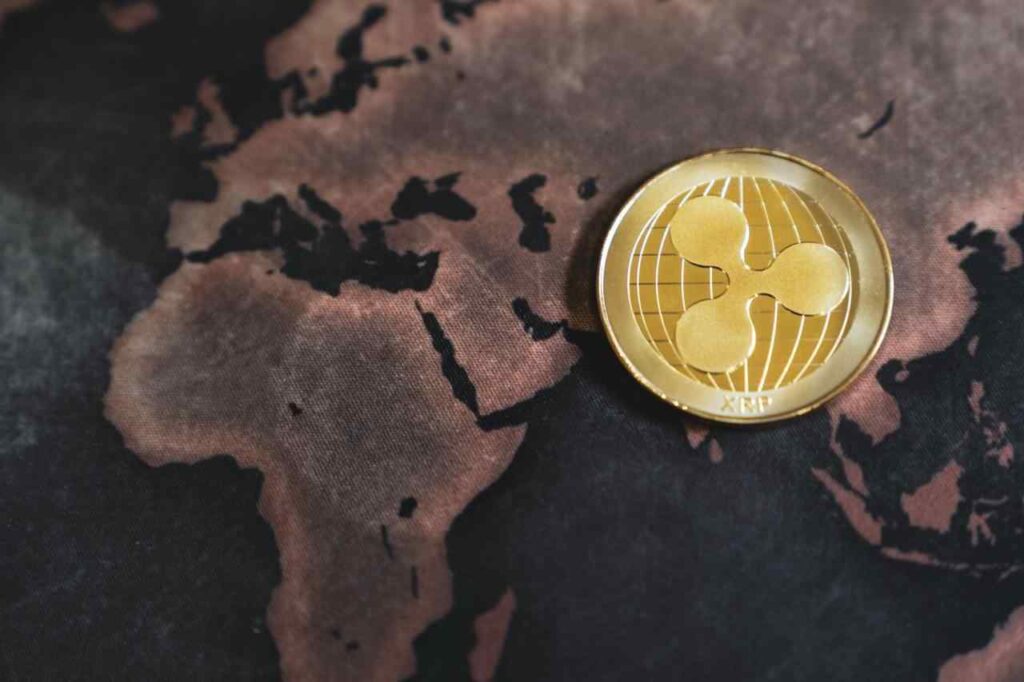In the ever-evolving landscape of global finance, innovative solutions are constantly being sought to address pressing economic challenges. A key topic gaining traction among experts is the concept of tokenizing debt, a potentially transformative approach that could reshape how we think about liquidity and financial stability. One cryptocurrency that some believe could play a pivotal role in this transformation is XRP. As we delve into the intricacies of this notion, we explore expert opinions and market trends that may inform future financial strategies.
XRP: A Driving Force in the Tokenization of Global Debt?
Exploring the Role of Cryptocurrency in Addressing Global Debt
Versan Aljarrah, the visionary behind Black Swan Capitalist, has sparked compelling discussions with assertions that XRP might be instrumental in alleviating the global debt predicament. In a recent post, Aljarrah highlighted the limitations of the current financial infrastructure in repaying immense national debts. He proposed a forward-thinking strategy of restructuring these debts through blockchain technology, transforming obligations into blockchain-based liquid assets supported by neutral financial instruments like XRP, tokenized gold, and stablecoins.
Aljarrah’s insightful commentary emphasized that “global debt can’t be repaid as it stands; a new approach is necessary, one that converts huge amounts into tokenized liquid assets anchored by trustworthy entities such as XRP and regulated stablecoins.” He also warned that financial cycles benefit those who anticipate changes in economic narratives.
The Case for Tokenizing Global Debt
The current global debt crisis has reached an unprecedented level, with estimations placing worldwide debt at a staggering $251 trillion, which is approximately 235% of the global GDP. This crisis is mirrored in the United States, where debt levels have exceeded 122% of domestic GDP, escalating concerns about inflation, interest rates, and overall economic resilience.
Aljarrah’s strategy is built around leveraging the seamless, cost-effective cross-border payment infrastructure native to XRP. This could potentially reduce dependencies on traditional banking systems while aligning with the ongoing trend of real-world asset (RWA) tokenization. The past month alone has witnessed a 10.49% growth in the on-chain value of RWAs, amounting to $22.11 billion, according to data from RWA.xyz.
Market Projections and XRP’s Potential Surge
Adding to this dialogue, cryptocurrency analyst EGRAG Crypto has presented an optimistic projection for XRP’s value in the forthcoming market cycles. Drawing comparisons from past trends, EGRAG suggests that XRP could reach notable heights, potentially between $15 and $33, if historical patterns prove consistent. This assertion draws on previous market data where XRP demonstrated exponential growth during bull markets.
EGRAG maintains that “the final stages of XRP’s bull run consistently provide significant indicators,” advocating for strategic anticipation of market shifts. While the community may exhibit diverse reactions, this perspective encourages sustained interest in XRP’s growth potential.
Considerations for the Future
While Aljarrah’s perspective on XRP’s potential is ambitious, it remains speculative, particularly in light of regulatory caution surrounding cryptocurrencies in reserve contexts. For instance, U.S. regulators continue to scrutinize the adoption of digital assets, predominantly recognizing Bitcoin (BTC) as a viable reserve candidate. Despite this caution, the exploration of blockchain solutions such as the one proposed by Aljarrah hints at a burgeoning narrative in financial innovation.
What are the advantages of tokenizing global debt?
Tokenizing global debt offers increased liquidity, transparency, and accessibility. By converting debt into blockchain-based assets, it streamlines transactions and reduces dependency on conventional financial systems, potentially leading to more robust economic resilience.
How does XRP facilitate cross-border transactions?
XRP is designed to enable fast, efficient cross-border transactions by minimizing processing times and transaction fees. This functionality is crucial in facilitating seamless international commerce and reducing reliance on traditional banking infrastructures.
What challenges does XRP face in becoming a reserve asset?
XRP’s journey to becoming a widely accepted reserve asset faces challenges such as regulatory scrutiny, market volatility, and competition from established cryptocurrencies like Bitcoin. Overcoming these hurdles requires navigating complex financial landscapes and gaining broader institutional acceptance.
This comprehensive analysis of XRP’s potential role in global debt restructuring delves into its technological capabilities, market trends, and regulatory landscapes, offering readers valuable insights into strategic financial innovations.

